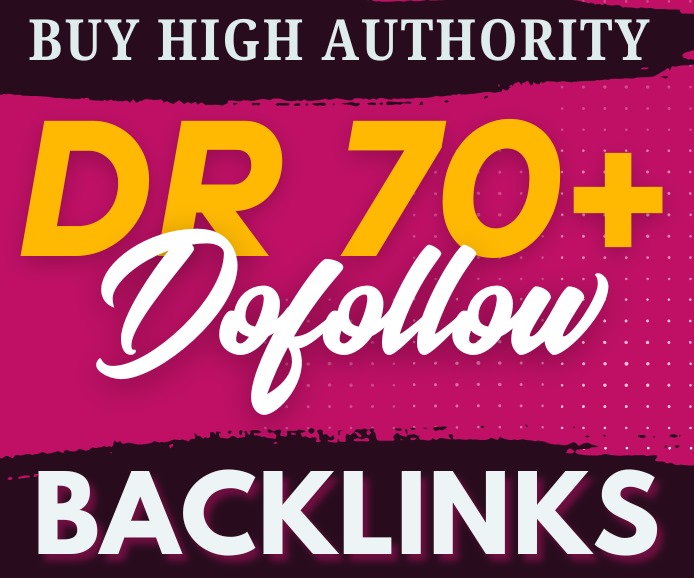Web design is the process of creating the visual layout, usability, and overall experience of a website. It involves everything from the color palette and font choices to layout structure and interactive features. In simple terms, web design determines how a website looks and feels.
Why Web Design Matters in 2025
In today’s digital world, your website is often the first impression a customer gets of your business. A poorly designed website can send users running to your competitors. On the other hand, a clean, professional, and user-friendly design can boost trust and convert visitors into loyal customers.
Key Elements of Effective Web Design
Great web design isn’t just about pretty colors. It includes elements like:Visual hierarchy (what users notice first)Consistent branding and fontsResponsive layout (mobile-friendly)Easy navigation and intuitive UIFast loading speedsAccessible design for all users
Web Design vs. Web Development
These two terms are often confused, but they’re quite different. Web design is all about the visual and experience side of a website. Web development, on the other hand, is the coding part that makes your website function. Think of design as the “how it looks” and development as the “how it works.”
Responsive Web Design: Why Mobile Matters
With over 60% of web traffic coming from mobile devices, having a mobile-friendly site is non-negotiable. Responsive web design ensures your site looks great and functions smoothly across all screen sizes—from desktop monitors to smartphones.
The Role of User Experience (UX) in Web Design
User Experience, or UX, is the core of modern web design. It focuses on how users feel while interacting with your site. Is it easy to navigate? Do the pages load fast? Can visitors find what they need without frustration? A smooth UX leads to better retention and conversions.
User Interface (UI) Design: The Aesthetic Side
While UX focuses on usability, UI focuses on the visual components—buttons, menus, icons, and layout. A clean, visually engaging UI encourages interaction and helps users trust the site.
Popular Web Design Trends in 2025
Here are some hot trends dominating the web design world:Dark mode and low-light UI designsMicro-animations and scroll-triggered effectsVoice-activated interfaces3D elements and interactive graphicsMinimalist, content-first layoutsAI-generated design components
How Web Design Impacts SEO
Good web design isn’t just about appearance—it’s also about visibility. Google considers factors like page speed, mobile responsiveness, site structure, and user behavior when ranking websites. A well-designed site helps search engines crawl and index your content effectively.
Common Web Design Mistakes to Avoid
Want to keep visitors around? Avoid these web design pitfalls:Too much clutter and busy layoutsTiny or unreadable fontsSlow page loadingBroken links or missing imagesNon-responsive designPoor contrast and color choices
Tools and Platforms for Web Design
You don’t always need to start from scratch. Here are some popular tools and platforms:WordPress – Ideal for blogs and small businessesWix and Squarespace – Great for beginnersFigma and Adobe XD – For prototyping and UI designShopify – For ecommerce-focused designWebflow – Code-free yet highly customizable
Web Design for E-commerce Sites
Selling online? Your web design has a direct impact on conversions. You need:Clear CTAs (Call-To-Actions)Easy product navigationMobile-friendly cart and checkout processTrust signals like reviews and SSL certificationsHigh-quality images and product descriptions
Hiring a Web Design Agency vs DIY
Not sure whether to go pro or do it yourself?Here’s a quick comparison:DIY is cost-effective, but time-consumingAgencies offer expertise, strategy, and custom designIf your site is crucial to your business (and let’s face it, it is), working with a web design agency might be a wise investment.
Tips for Choosing the Right Web Design Company
Look for a company with:Strong portfolio and real client reviewsExperience in your industryClear communication and timelinesAffordable pricing without cutting cornersAn understanding of SEO, UX, and responsive design
Web Design Costs: What to Expect
Web design prices vary widely. Here’s a rough estimate:DIY builder sites: $100–$500Basic custom design: $1,000–$3,000Advanced web design with custom features: $5,000–$20,000+It all depends on the size, complexity, and requirements of your project.
Maintaining Your Web Design Over Time
Web design is not a one-and-done task. Your site needs regular updates to stay fresh, functional, and secure. Ongoing tasks include:Updating plugins and softwareChecking mobile responsivenessFixing broken linksAdding new content and featuresReassessing UX/UI based on user feedback
Web Design Accessibility: Don’t Leave Anyone Behind
Your site should be accessible to users with disabilities. This means:Using alt text for imagesProviding text captions for videosEnsuring proper contrast ratiosMaking sure the site is keyboard-navigableAccessibility isn’t just the right thing—it’s also a legal requirement in many countries.
Brand Identity and Web Design Go Hand in Hand
Your website is a major piece of your brand puzzle. Consistent branding through colors, logos, fonts, and messaging builds trust and recognition. Make sure your web design reflects your brand’s personality and values.
The Future of Web Design: What’s Next?
AI is set to revolutionize web design even further. Expect tools that suggest layouts, fix usability issues automatically, and create entire websites based on prompts. Also, with AR and VR on the rise, web design will likely incorporate immersive experiences soon.
Why Good Web Design Is a Business Investment
Still thinking web design is just a visual thing? Think again. It directly affects:Customer perception and brand trustSearch engine visibilityConversion rates and salesCustomer retention and loyaltyInvesting in professional web design pays off in the long run.
Conclusion
Web design is more than just how your website looks—it’s about how it works, how users feel when using it, and how well it achieves your goals. Whether you’re building a portfolio, running an online store, or launching a business, web design is the silent ambassador that represents your brand 24/7. So take it seriously, stay updated on trends, and always put your users first.
FAQs
1. How long does it take to design a website?
It depends on the complexity. A simple website might take 1–2 weeks, while a fully customized site with multiple features could take 4–8 weeks or more.
2. Can I design a website without coding?
Absolutely. Platforms like Wix, Squarespace, and Webflow offer drag-and-drop tools for non-coders.
3. What’s the difference between UX and UI in web design?
UX (User Experience) is about how users interact with the website. UI (User Interface) is about how the website looks and feels visually.
4. Does web design affect Google rankings?
Yes. Google considers design elements like mobile responsiveness, loading speed, and user behavior when ranking websites.
5. How often should I update my website’s design?
A good rule of thumb is every 2–3 years or when your brand, business goals, or user expectations change significantly.




